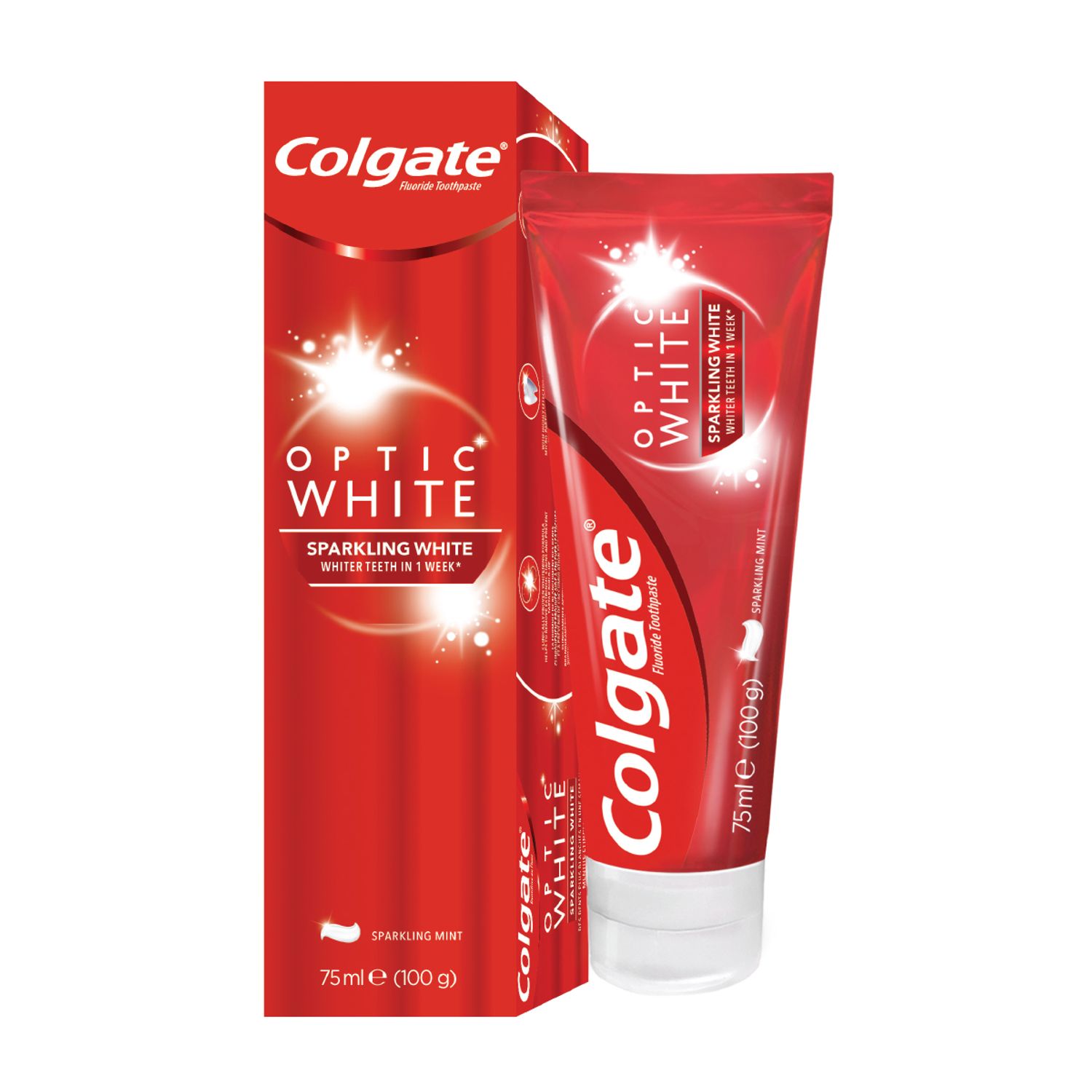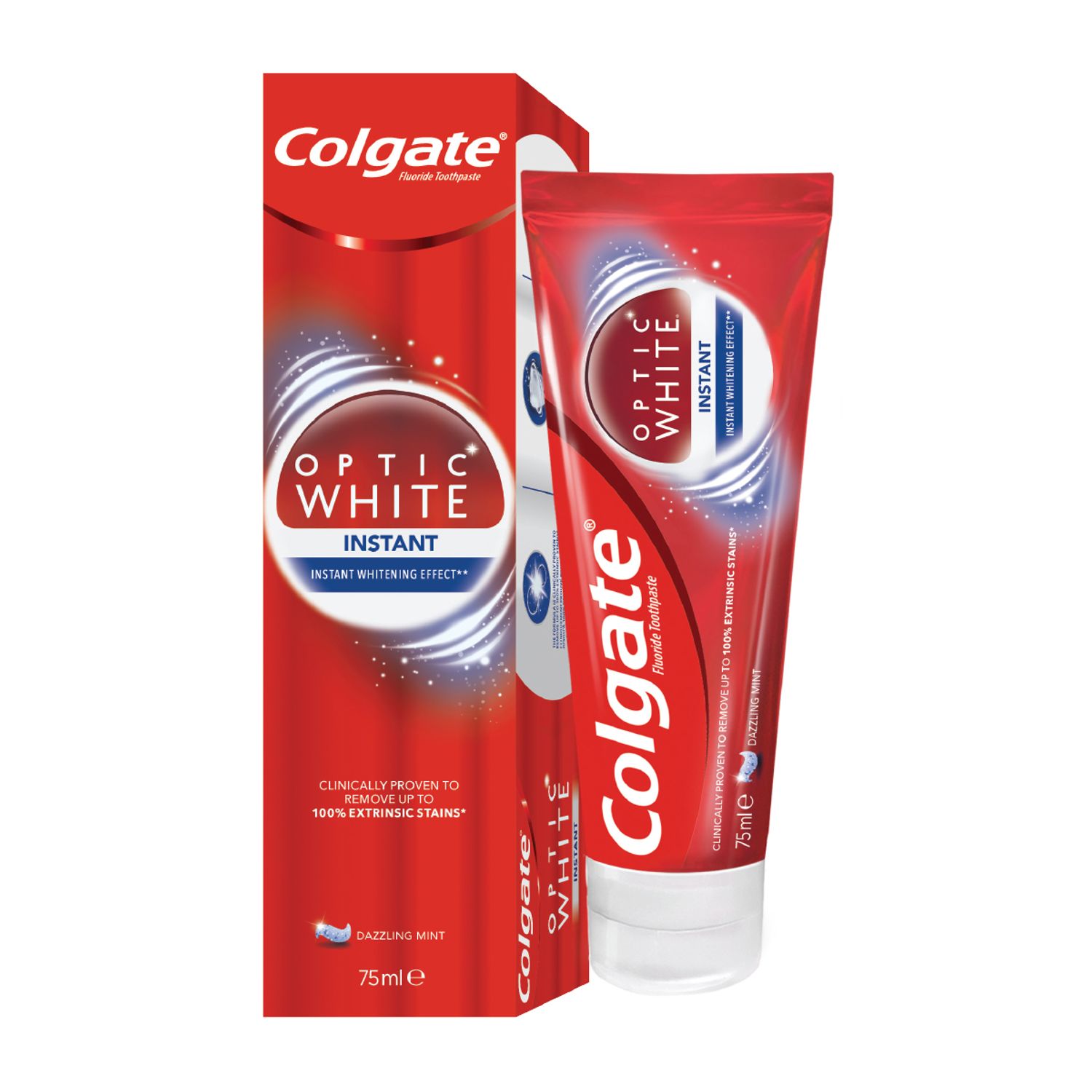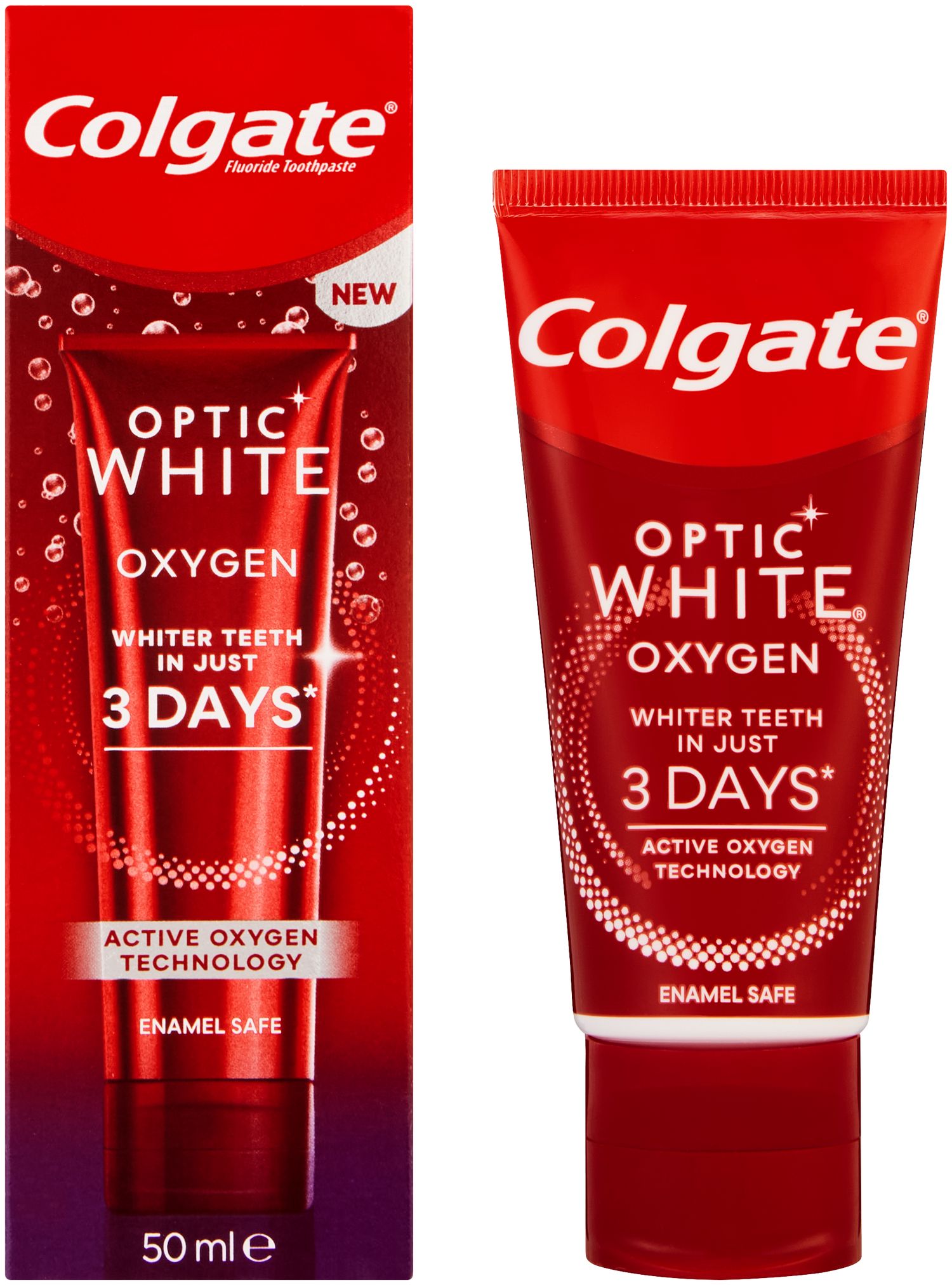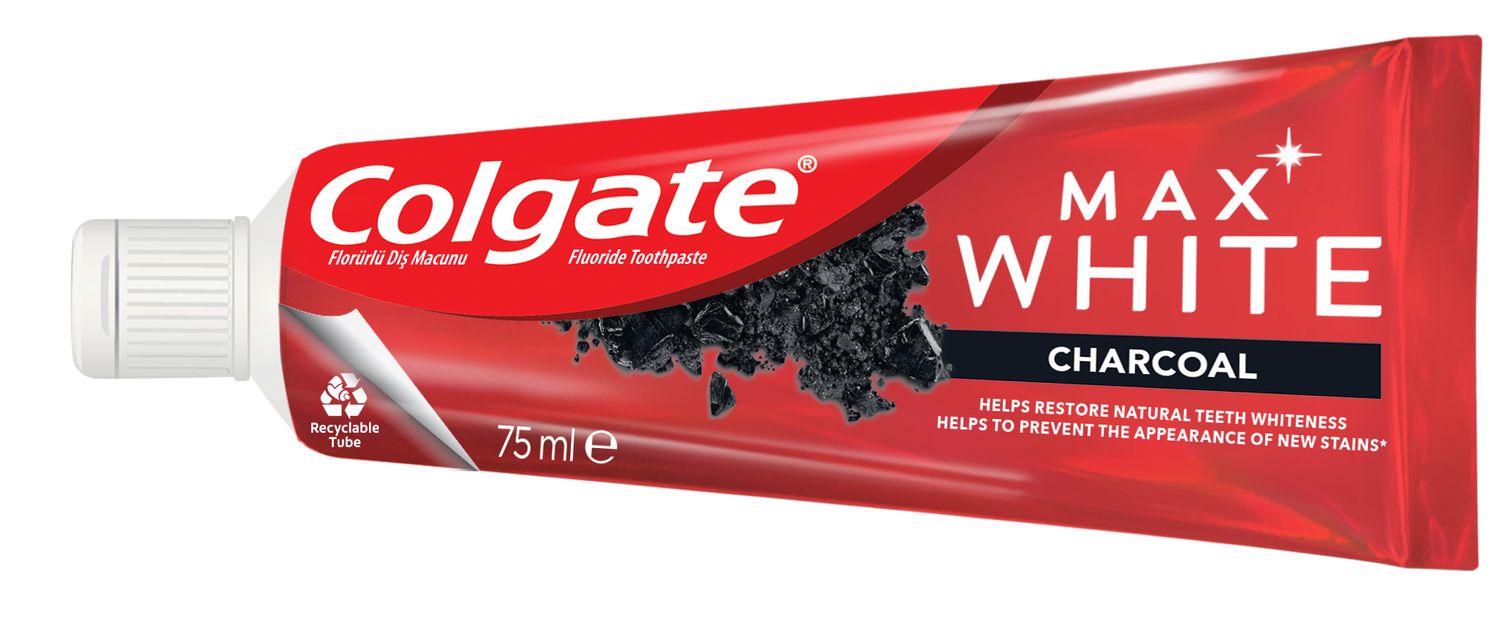-
-

CAVITIES
Can You Heal A Cavity At Home?You feel a sharp pain when you bite down or try to eat. You think it's a cavity, but you're not 100 percent sure...

BAD BREATH
How To Cure Bad BreathMore commonly known as bad breath, halitosis is an embarrassing hygiene issue that nobody wants, but some of us get every now and then...
-
Science & Innovation
- Colgate® | Toothpaste, Toothbrushes & Oral Care Resources
- Oral Health
- Are There Other Alternatives For Improving My Smile?


Not everyone is a candidate for whitening. Bleaching is not recommended if you have tooth-colored fillings, crowns, caps or bonding in your front teeth — the bleach will not change the color of these materials, making them stand out in your newly whitened smile. In these cases, you may want to investigate other options, like veneers or bonding.
Veneers are thin pieces of porcelain or plastic glued to the front of your teeth. For teeth that are severely discolored, chipped or misshapen, they create a durable and pleasing smile. Veneers are difficult to stain, making them popular for people seeking a perfect smile.
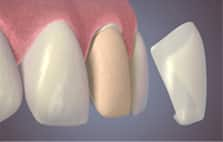
There are two types of veneers:
- Porcelain (indirect) veneers, which must first be created to fit
your teeth in a dental laboratory and require two visits to the
dentist. Porcelain veneers cost between $900-$2,500 per
tooth and last from 10 to 15 years or more - Composite (direct) veneers, in which enamel is bonded to your
tooth in a single visit. Composite veneers cost significantly
less, around $250 per tooth, but only last five to seven years
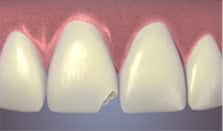 Chipped tooth.
Chipped tooth.
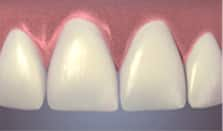 Tooth after bonding to repair the chip.
Tooth after bonding to repair the chip.
Bonding uses composite resin to restore chipped or broken teeth, fill in gaps and reshape or recolor your smile. After applying a very mild etching solution that slightly roughs the surface of your teeth and permits the bonding material to adhere, your dentist applies the resin and sculpts, colors and shapes it to provide a pleasing result. A high-intensity light hardens the material, which is then finely polished.
- Many people choose bonding over silver fillings because it looks more natural — the material can be matched to your natural tooth color
- The disadvantages of bonding versus silver fillings are that they cost more (from $300-$600 per tooth), and because it is porous, smokers will find that it yellows
Your dentist can tell you if you are a good candidate for veneers or bonding.
Copyright © 2002, 2003 Colgate-Palmolive Company. All rights reserved.
11/15/2010
Related Articles

You want your smile to shine, but dentures can become stained. Read on to learn how to whiten dentures at home and with a dentist's help.


Related Products

Helping dental professionals
More professionals across the world trust Colgate. Find resources, products, and information to give your patients a healthier future




